Cloud and Data Center Security solutions protect critical infrastructure from cyber threats, ensuring data integrity and availability.
Solutions in this category focus on safeguarding cloud environments and data centers. They provide tools for monitoring, detecting, and mitigating risks. Users from leading organizations highlight the importance of robust security measures to protect sensitive information and maintain operational continuity.
What are the essential features?
What benefits or ROI should users look for?
In the finance industry, Cloud and Data Center Security solutions are implemented to protect sensitive financial data and ensure compliance with stringent regulations. In healthcare, these solutions safeguard patient information and support adherence to privacy laws.
Cloud and Data Center Security is beneficial for organizations to secure their digital infrastructures, reduce cyber risk, and meet regulatory requirements.
| Product | Market Share (%) |
|---|---|
| Illumio | 22.8% |
| Akamai Guardicore Segmentation | 21.5% |
| Cisco Secure Workload | 13.2% |
| Other | 42.5% |


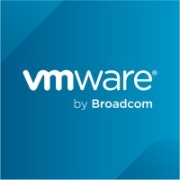


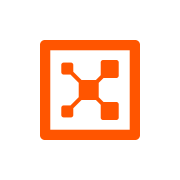

















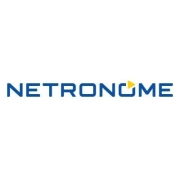

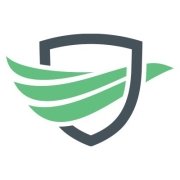





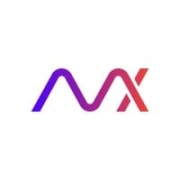








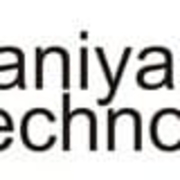


CSPM tools continuously monitor your cloud environments for potential security risks and compliance issues. They provide visibility into cloud asset configurations and automatically detect gaps. By implementing policies and compliance checks, CSPM tools ensure that your cloud architecture adheres to best security practices, reducing the risk of breaches and data loss.
What role does micro-segmentation play in Data Center Security?Micro-segmentation is a powerful technique that partitions your data center into smaller, isolated segments. Each segment can have its own security policies, limiting lateral movement by attackers. This granular security approach prevents the spread of threats within the data center, protecting sensitive applications and data from potential breaches.
Why are Identity and Access Management (IAM) solutions crucial for cloud security?IAM solutions are vital for ensuring that only authorized users have access to cloud resources. They enable you to manage user permissions, authenticate identities, and enforce security policies. By implementing IAM, you can prevent unauthorized access, reduce insider threats, and maintain compliance, safeguarding your cloud environments from potential breaches.
How can Security Information and Event Management (SIEM) help in Cloud and Data Center Security?SIEM systems aggregate and analyze log data from across your IT infrastructure, providing real-time threat detection and incident response. For cloud and data center environments, SIEM offers a centralized view of security events, helping you identify suspicious activities quickly. By leveraging SIEM, you can enhance your incident response capability, ensuring effective mitigation of security threats.
What is the importance of encrypting data in cloud storage?Encrypting data in cloud storage ensures that your sensitive information remains protected even if unauthorized access occurs. Encryption converts data into an unreadable format usable only with the correct decryption keys. By encrypting data both at rest and in transit, you mitigate risks of data exposure, maintaining confidentiality and integrity within your cloud infrastructure.